Red light penetrates between 5–10 millimeters into skin, depending on the wavelength. 660nm targets the dermis, while near-infrared light can reach subdermal tissue and muscle. Skin type, LED density, energy dose, and treatment angle all affect how far therapeutic light travels.
Red and near-infrared light both interact with chromophores in the skin. But their depth depends on how the device delivers energy, not just what color the light appears. At-home masks using 660nm red light, like VISO, are tuned for the upper layers of skin where collagen production and redness live. Deep-tissue devices like the Lumara Pad use 830–940nm to reach beyond skin into fascia and muscle.
Wavelength alone doesn’t guarantee depth. Devices need calibrated irradiance, tight LED spacing, and measured coverage to avoid patchy results. That’s what separates a functional therapy tool from a hot red lamp.
If you're looking for the full breakdown, keep reading. Below, we’ll walk through the light-skin interaction, how far different wavelengths go, and what actually matters when choosing a red light therapy device.
What Determines How Deep Red Light Travels?
What “Penetration Depth” Actually Refers To
In red light therapy, “depth” refers to how far light can travel through tissue before it is absorbed, reflected, or scattered. This isn’t a theoretical estimate, it affects whether light reaches blood vessels, nerves, or deeper structures like muscle or cartilage.
Surface absorption typically happens in the epidermis. Red wavelengths at 630–660nm reach the dermis, stimulating fibroblasts and modulating inflammation. Near-infrared light in the 830–940nm range can reach the subcutaneous layer and even influence muscle recovery.
How Light Behaves in Skin
Light doesn’t move in a straight line once it hits tissue. It bends, refracts, and scatters. This is why beam shape, lens type, and LED layout all matter. Poorly spaced LEDs cause “light deserts” between hotspots, especially if the irradiance is too low. The Illuminate Red Panel uses a 6mm diode gap to maintain beam overlap, eliminating coverage gaps that dilute energy.
Skin tone, hydration, and ambient heat all play a role. Melanin can absorb red light, slightly reducing penetration, while dry or cold skin reduces photon transfer. Warm, hydrated skin performs better under LED treatment.
Wavelength Comparisons: How Far Each Type Reaches

A clinical review published in the Journal of Clinical and Aesthetic Dermatology highlighted LED therapies using multiple wavelengths, including red and infrared. While results varied with yellow light, red light was consistently effective for dermal effects, especially when devices matched the target tissue depth with the correct wavelength. That’s a critical differentiator Lumara has dialed in across its product line.
The Role of Energy, Angle, and Exposure
Why Wavelength Isn’t the Only Factor
Red light penetration doesn’t stop at wavelength. A 660nm beam can technically reach the dermis, but without enough power density (irradiance), the energy may never accumulate to a therapeutic dose. Irradiance is measured in milliwatts per square centimeter (mW/cm²). That number, multiplied by treatment time, gives you energy density, or Joules per square centimeter (J/cm²).
Clinical change begins around 5 J/cm². Some consumer devices barely deliver 0.5 J/cm² even after 20 minutes. The Illuminate Red Panel hits 5 J/cm² in just 5 minutes, which is the sweet spot for stimulating collagen, reducing inflammation, and improving skin tone evenly across the treatment area.
What Happens When the Light Hits at an Angle
The way light enters the skin changes how deep it travels. A perpendicular beam penetrates more effectively than one that hits at a slant. Angled light scatters more, dropping energy off fast. Flat optical lenses and wraparound placement make a difference, especially for muscle and joint applications.
This is where form factor matters. The Lumara Pad flexes to hug the body, keeping the beam close and stable. That alignment improves transmission and makes each session more efficient.
The Impact of Time Under Light
Session duration doesn’t scale linearly. Longer isn’t always better, especially when irradiance is low. High-output devices reach effective energy delivery in a few minutes. Going beyond the saturation point wastes time or, worse, flattens mitochondrial response. That’s why all Lumara units are calibrated to deliver effective J/cm² levels quickly, not gradually.
Surface vs. Deep Tissue Applications
Facial Skin, Redness, and Texture
Red light in the 630–660nm range targets the dermis, where fibroblasts trigger collagen production and blood vessels influence redness. This range is ideal for facial use, especially when LED spacing is tight enough to prevent light gaps.
VISO was designed specifically for that. With uniform LED distribution and 660nm output, it delivers a full-face dose without dead zones. That’s why it’s favored by estheticians for daily use and consistent client outcomes.
The clinical review published in 2015 noted that red light produced reliable improvements for skin tone and wrinkles, even when used alongside yellow light. It also found mixed results depending on how consistent the energy delivery was, something most mass-market masks don’t control well.
Muscle Recovery and Deep-Tissue Relief
For deeper targets like muscle, joints, and nerves, longer wavelengths are necessary. Near-infrared light at 830–940nm travels up to 50mm into the body, reaching areas red light can’t. But to reach that depth, the beam has to be strong, direct, and unobstructed.
The Lumara Pad was engineered for this depth. It delivers high-penetration wavelengths while maintaining skin contact and flexibility. That minimizes scattering and keeps the beam stable, essential for post-workout use, injury support, or chronic pain recovery.
Backed by near-infrared output, this type of LED configuration supports ATP production in muscle cells, easing tension and inflammation from the inside out.
Factors That Change Penetration
Skin Tone, Hydration, and Body Location
Skin isn't a static surface. Melanin levels affect how much red light is absorbed near the surface. Higher melanin content reflects and scatters red wavelengths more than near-infrared, which continues deeper with less resistance.
Hydration increases optical transmission, while dry or rough skin lowers it. That’s why pre-treatment protocols in clinical settings often include moisturized skin or mild exfoliation. Facial areas also behave differently than arms or legs due to oil glands, vascularity, and collagen density.
These differences affect the outcome.
The VISO mask accounts for that by applying consistent 660nm energy across the entire face. No uneven doses. No risk of overtreatment on thinner skin zones like the cheeks or under eyes.
Why Some Devices Don’t Work
Marketing Specs vs. Measurable Performance
Many consumer-grade red light devices claim high wattage or “deep tissue penetration” but leave out key data. Without published irradiance and energy density figures, those claims are guesswork. Wattage tells you what the power supply can push, not what your skin receives.
Some panels space LEDs far apart to save cost, causing “leopard spots” where light coverage is patchy. That reduces the total dose per square centimeter and leads to inconsistent results. Users may treat the same spot daily and see no change, not because red light therapy failed, but because the dose never reached target thresholds.
The Illuminate Red Panel avoids this by using 6mm LED spacing and a flat optical layout. This design ensures light beams overlap to create even coverage across the entire panel face. No hotspots, no light gaps, no wasted time.
Misunderstood Wavelengths and Device Mismatch
Infrared heat lamps are often mistaken for therapeutic red light. They feel warm and glow red but don’t emit calibrated wavelengths or controlled energy. That leads users to overheat skin while delivering little cellular benefit.
Others buy red light masks for body use, expecting full-depth muscle effects. But masks like VISO are purpose-built for dermal penetration. Trying to repurpose facial tools for back pain or knee recovery won’t deliver the right result.
A 2015 clinical review confirmed that outcome quality is tied directly to wavelength-device alignment. In cases where users applied the correct type of light with consistent energy, visible improvements occurred across several conditions, from acne to aging skin.
How to Choose the Right Wavelength for Your Goals
Skin Health and Facial Applications
When the goal is smoother skin, reduced redness, or anti-aging, 660nm red light is the most studied and direct option. It energizes fibroblasts, increases ATP, and supports collagen matrix repair without pushing into deeper tissue layers that don't influence surface appearance.
The VISO device uses 660nm only, without blue, green, or purple light, so every diode contributes to skin rejuvenation instead of splitting output across multiple colors. This approach minimizes treatment time while optimizing dose precision across the entire face.
Clinical studies have consistently shown red wavelengths in this range to be reliable for facial therapy. Devices that combine other colors dilute the energy per diode, reducing the intensity needed to activate dermal pathways. That leads to longer sessions and lower outcomes.
Muscle Support, Recovery, and Deep Pain
Muscle recovery and deep-tissue stimulation require deeper penetration than red light can deliver. Near-infrared (NIR) light at 830–940nm reaches 2–5 centimeters beneath the surface, ideal for joints, back muscles, or post-injury support. But without direct skin contact or sufficient power, that light won’t hit the target tissue.
The Lumara Pad outputs at 635nm, 830nm, and 940nm with wraparound placement. That means users treating knees or backs get full-coverage delivery where depth and consistency matter most. It reaches further than any LED mask, without losing surface connection or coverage uniformity.
Panels like the Illuminate Red Panel split the difference. They use red light to target skin and deliver high-output irradiance that’s better for full-body use or larger areas like legs or arms.
How to Maximize Penetration in a Home Setting
LED Placement and Skin Contact
Distance kills dose. Every inch between your skin and the LEDs cuts energy delivery fast. At-home users often hold devices a few inches away, not realizing that most of the beam never makes it past the epidermis. Close contact and alignment are key.
The Lumara Pad eliminates this issue. Its form-hugging design maintains skin contact and beam orientation across joints, shoulders, and hard-to-reach areas. The result is stronger energy density without the need for long sessions.
Time, Consistency, and Irradiance Settings
Short daily sessions outperform long weekly ones. Red light therapy works by triggering cumulative responses, similar to building muscle or improving circulation. Missing days breaks that cycle. Devices that deliver 5 J/cm² in 5–10 minutes are better suited for home users than low-output tools that require 30+ minutes.
The Illuminate Red Panel was calibrated to deliver 5 J/cm² in 5 minutes with zero beam gaps. High irradiance reduces the need for extended sessions, which helps users stay consistent and see faster results.
The 2015 review highlighted several cases where clinical outcomes varied by device quality and energy consistency. Even when the wavelength matched the condition, results dropped if the delivery was uneven or underpowered.
Glow With Lumara
Skin depth isn’t fixed; it’s a spectrum of biological layers, and light interacts with each one differently depending on wavelength, power, contact, and time. Getting therapeutic results from red light means dialing in all those variables. Devices built without that clarity end up delivering vague outcomes and wasted sessions.
The VISO targets surface and mid-dermal layers with consistent 660nm red light across the full facial plane. For deep muscle recovery or post-injury treatment, the Lumara Pad delivers overlapping infrared output at 830nm and 940nm. For full-body surface effects, the Illuminate Red Panel maintains uniformity at 5 J/cm² in under 10 minutes.
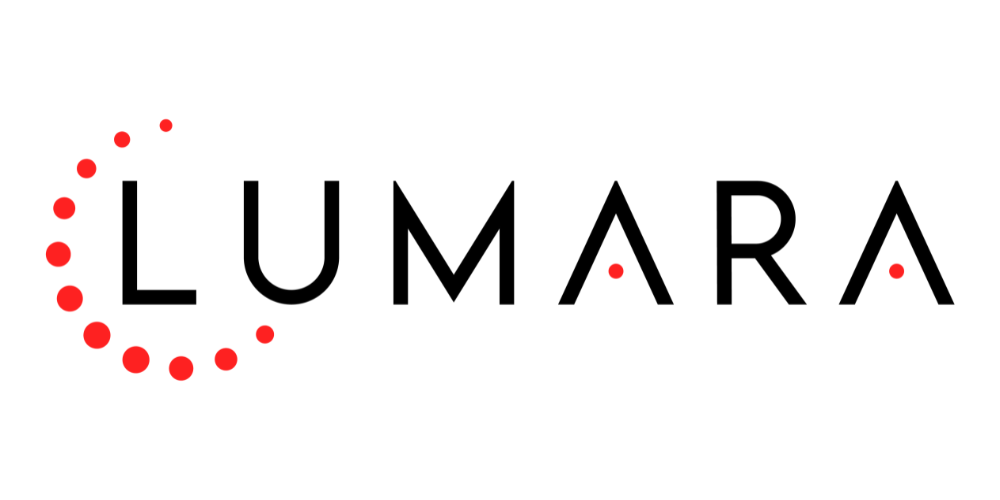
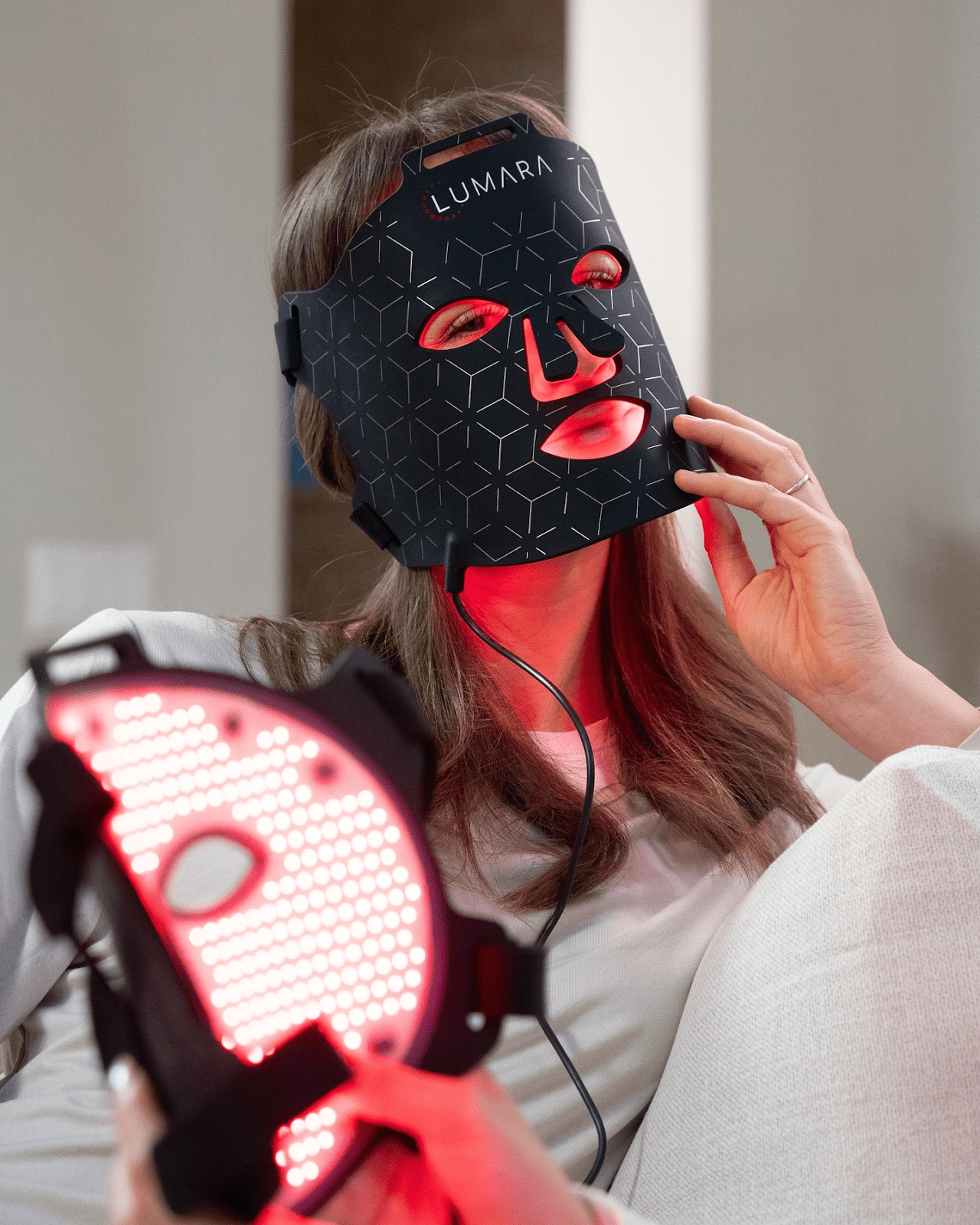

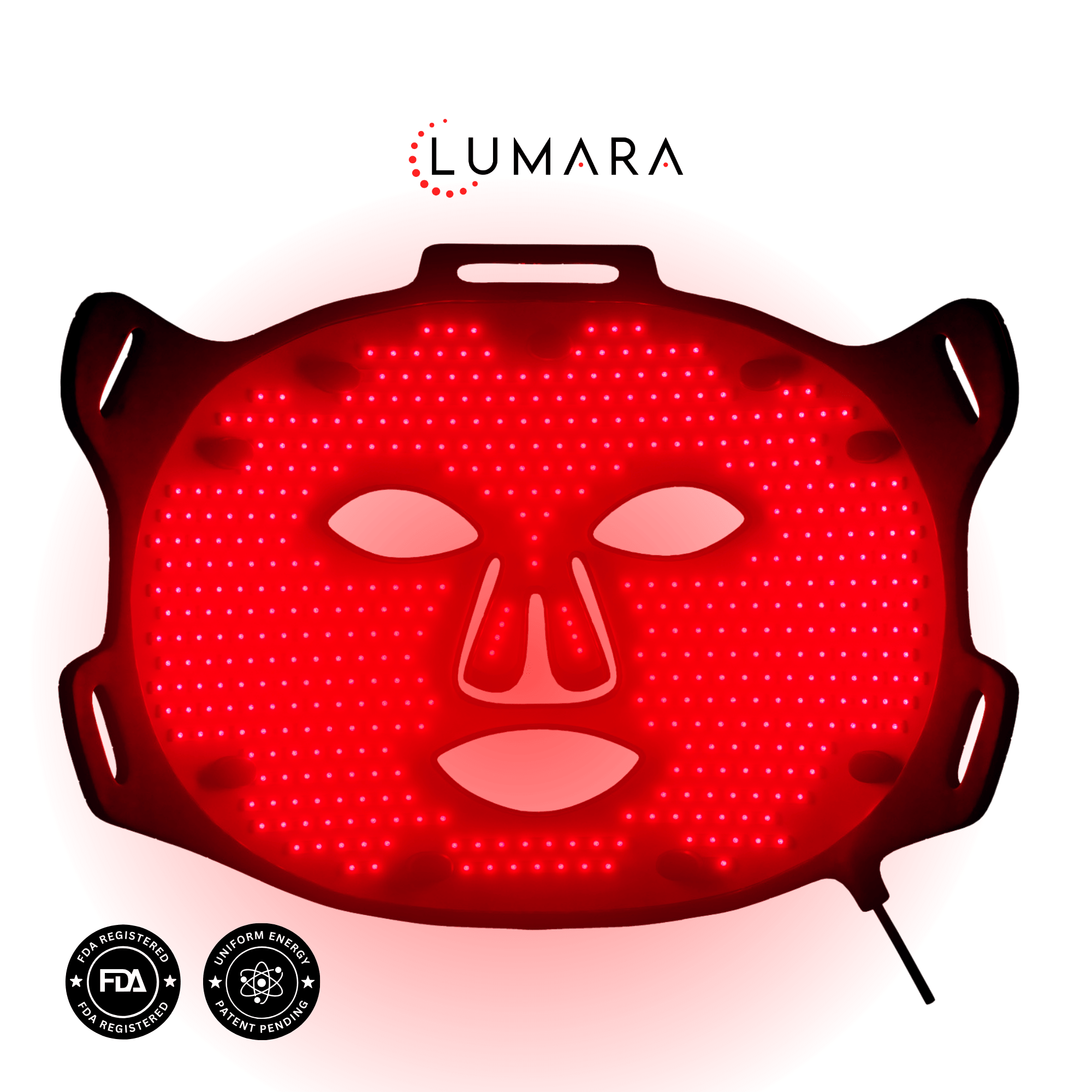

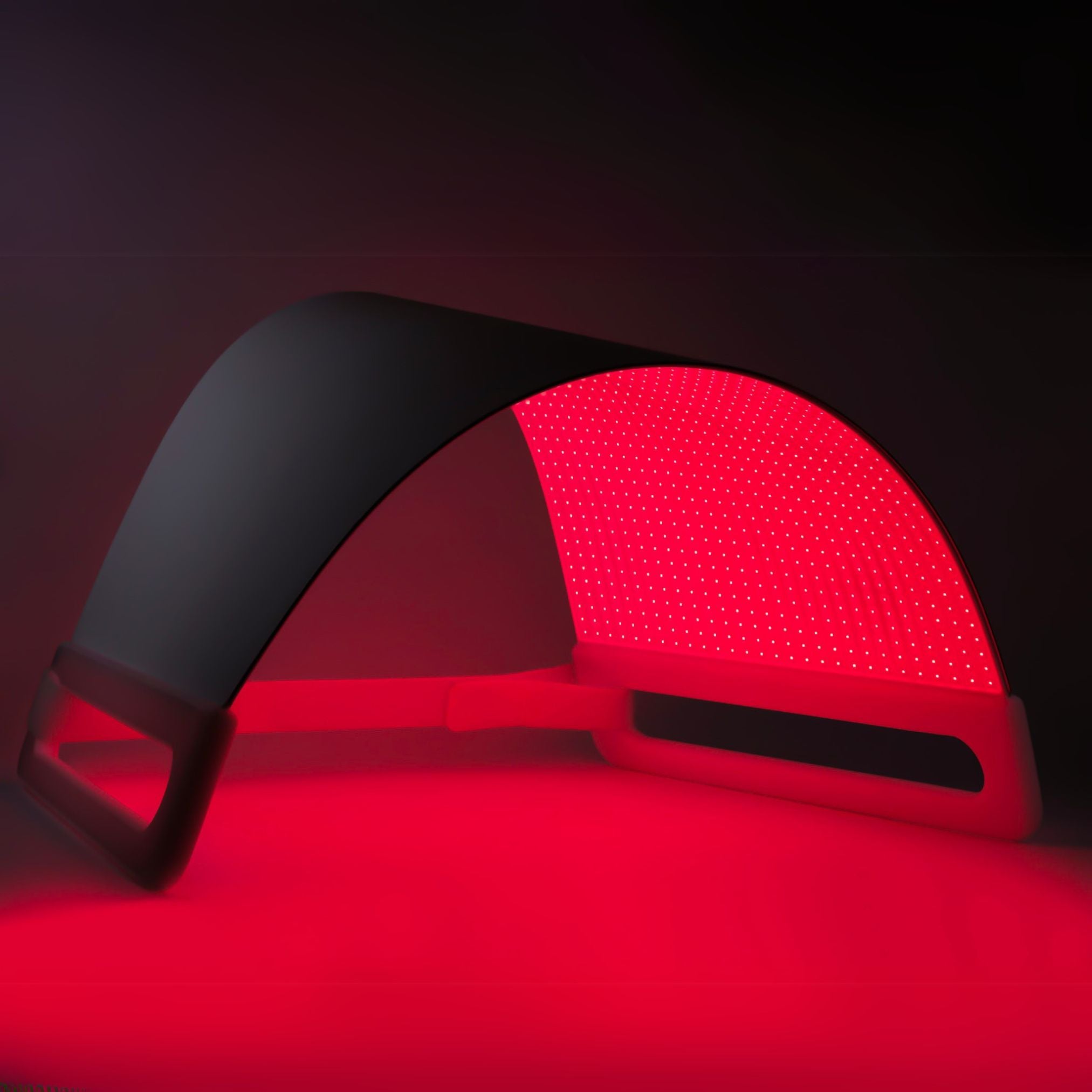
Share:
Chromotherapy vs Red Light Therapy: What Actually Works
Red Light Therapy at Home: Science-Backed Results